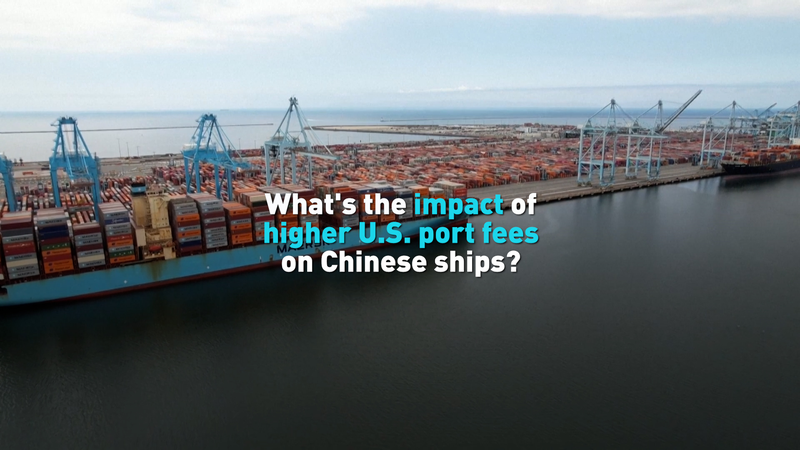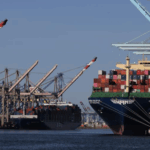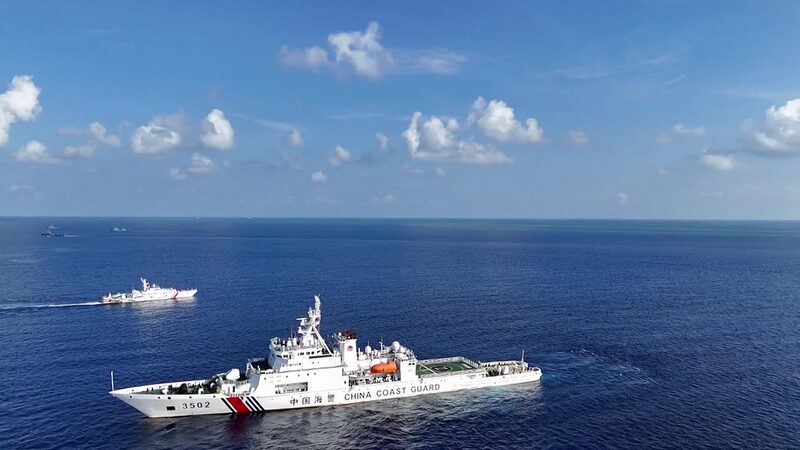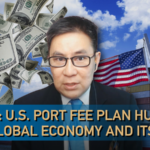New U.S. port fees targeting vessels linked to China are set to take effect, raising concerns over escalating trade tensions between the world's two largest economies. Analysts estimate the policy could cost major Chinese shipping firms billions of dollars annually, potentially reshaping global maritime logistics and supply chains.
Economic Ripples Across Industries
The fee structure applies to container ships, tankers, and bulk carriers with ownership ties to China. Industry experts warn the added costs may lead to higher consumer prices for electronics, machinery, and other goods transported via transpacific routes. "This creates a domino effect," said a Los Angeles-based logistics analyst speaking anonymously. "Every link in the supply chain—from manufacturers to end retailers—will feel the pressure."
Diplomatic Chess Game
Beijing has condemned the move as "protectionist" and hinted at reciprocal measures. Observers note China could leverage its position as the largest exporter to U.S. markets, though details of potential countermeasures remain undisclosed. The development comes amid ongoing negotiations over tariffs and technology restrictions between Washington and Beijing.
Global Shipping Networks Brace for Impact
Major Asian ports are preparing contingency plans as shipping companies consider rerouting strategies. Singapore and South Korea's Busan—key transshipment hubs—report increased inquiries about alternative docking options. Meanwhile, European carriers are cautiously assessing whether to adjust their China-U.S. route allocations.
CGTN correspondent Ediz Tiyansan reports from Los Angeles that port authorities are installing new tracking systems to identify applicable vessels, though implementation challenges persist. The full economic impact will likely become clearer in Q2 2024 as companies adapt to the new cost structure.
Reference(s):
What's the impact of higher U.S. port fees on Chinese ships?
cgtn.com








